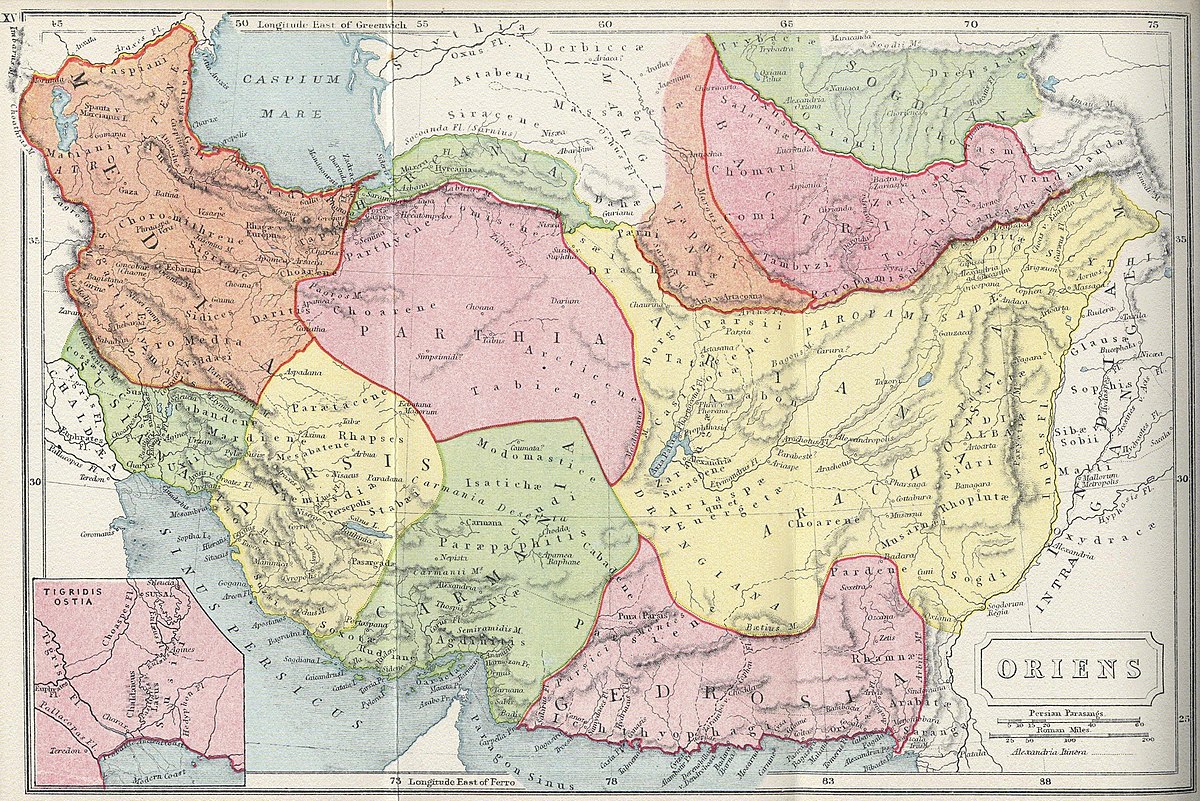River Sea
Active Member
The Indo-Aryan Controversy: Did they ever enter the Indian subcontinent from the outside? Or did these people develop indigenously in the Greater Panjab?
Michael Witzel begins on page 354 with the number shown on the left, or number 341 at the bottom of the page. This is the same page where Michael Witzel begins.
Michael Witzel asked?
Who were the “Aryans”? What was their spiritual
and material culture and their outlook on life? Did they ever enter the Indian
subcontinent from the outside? Or did these people develop indigenously in the
Greater Panjab?
Michael Witzel begins on page 354 with the number shown on the left, or number 341 at the bottom of the page. This is the same page where Michael Witzel begins.
Last edited:


